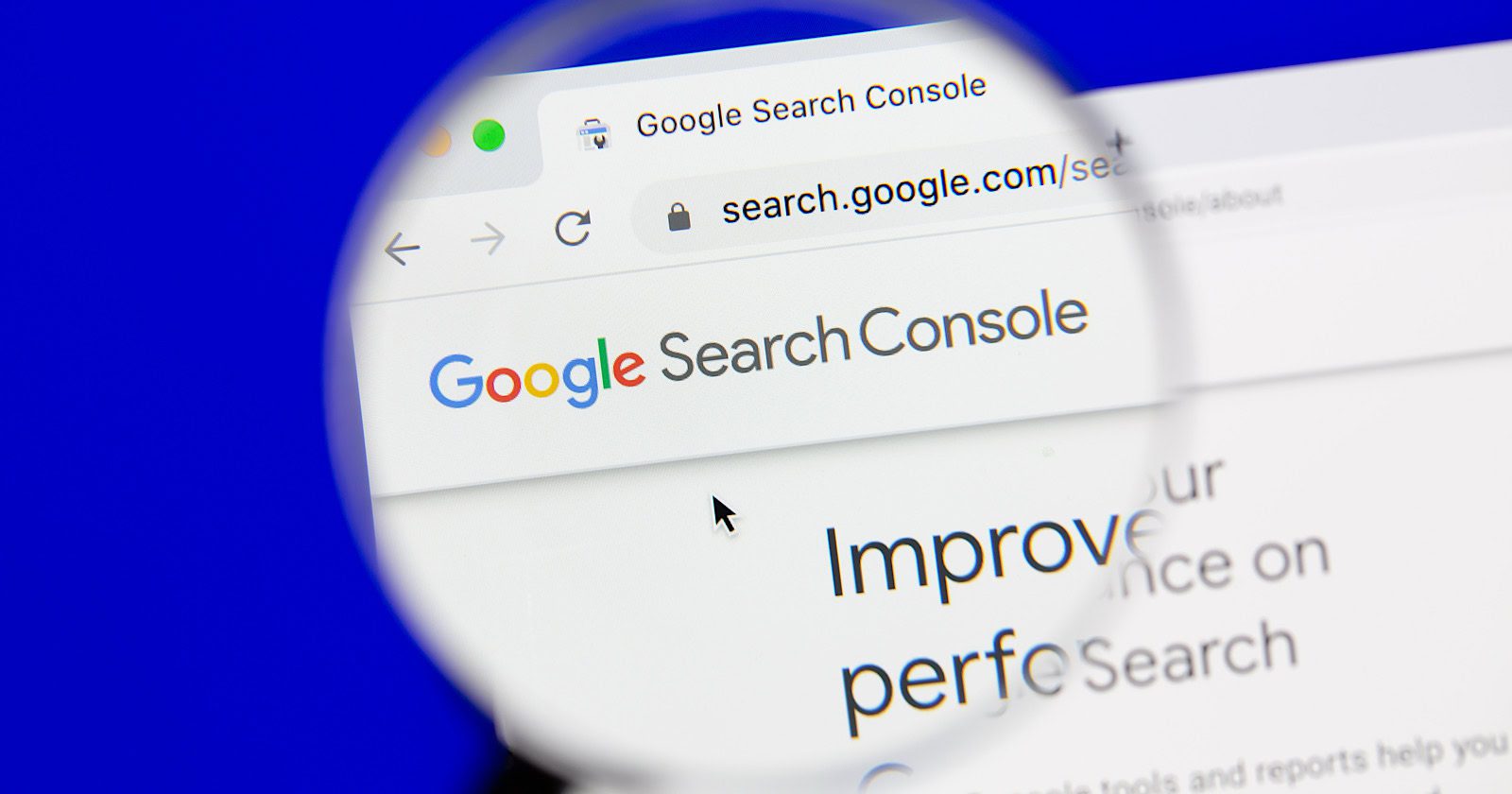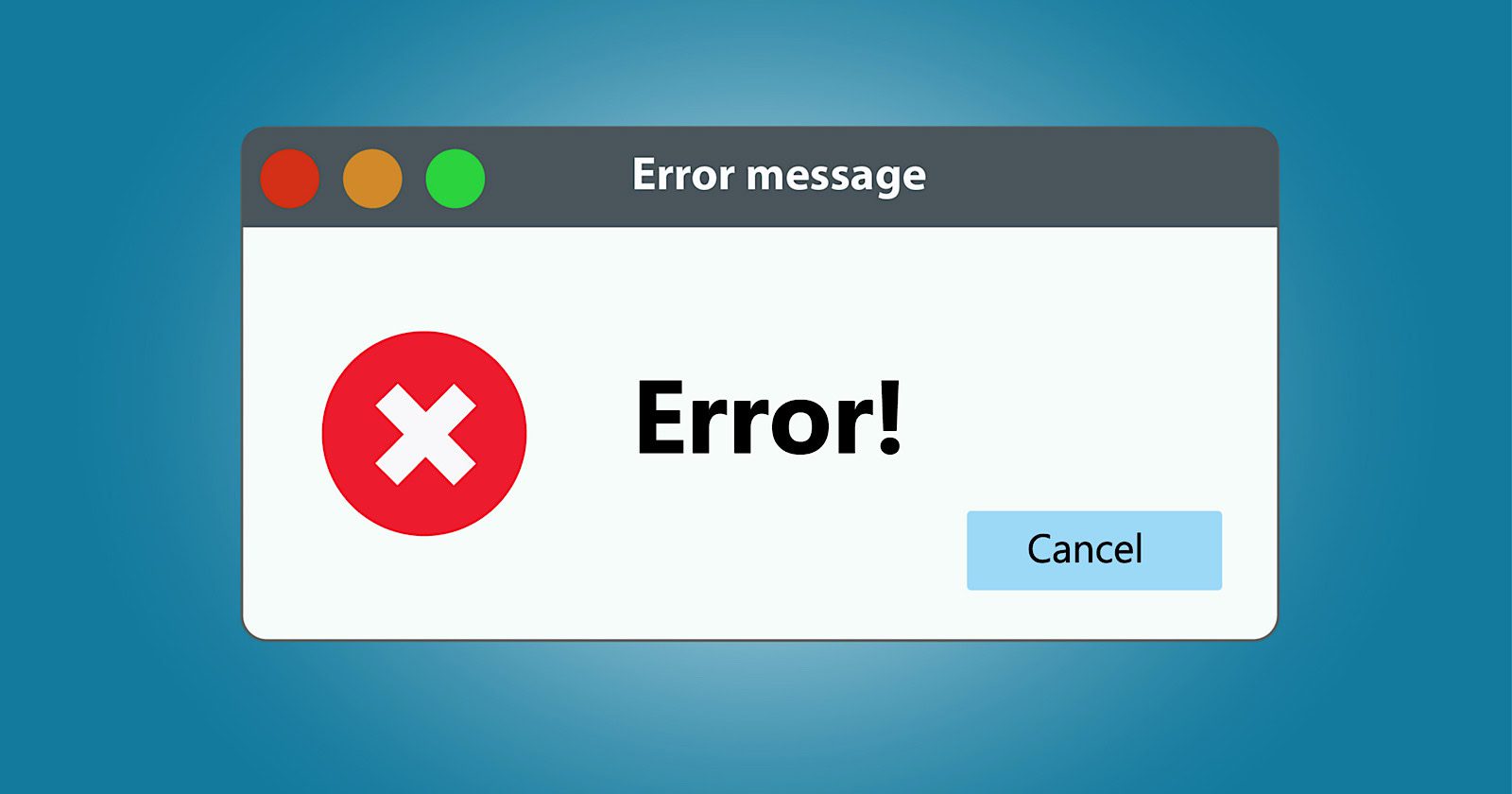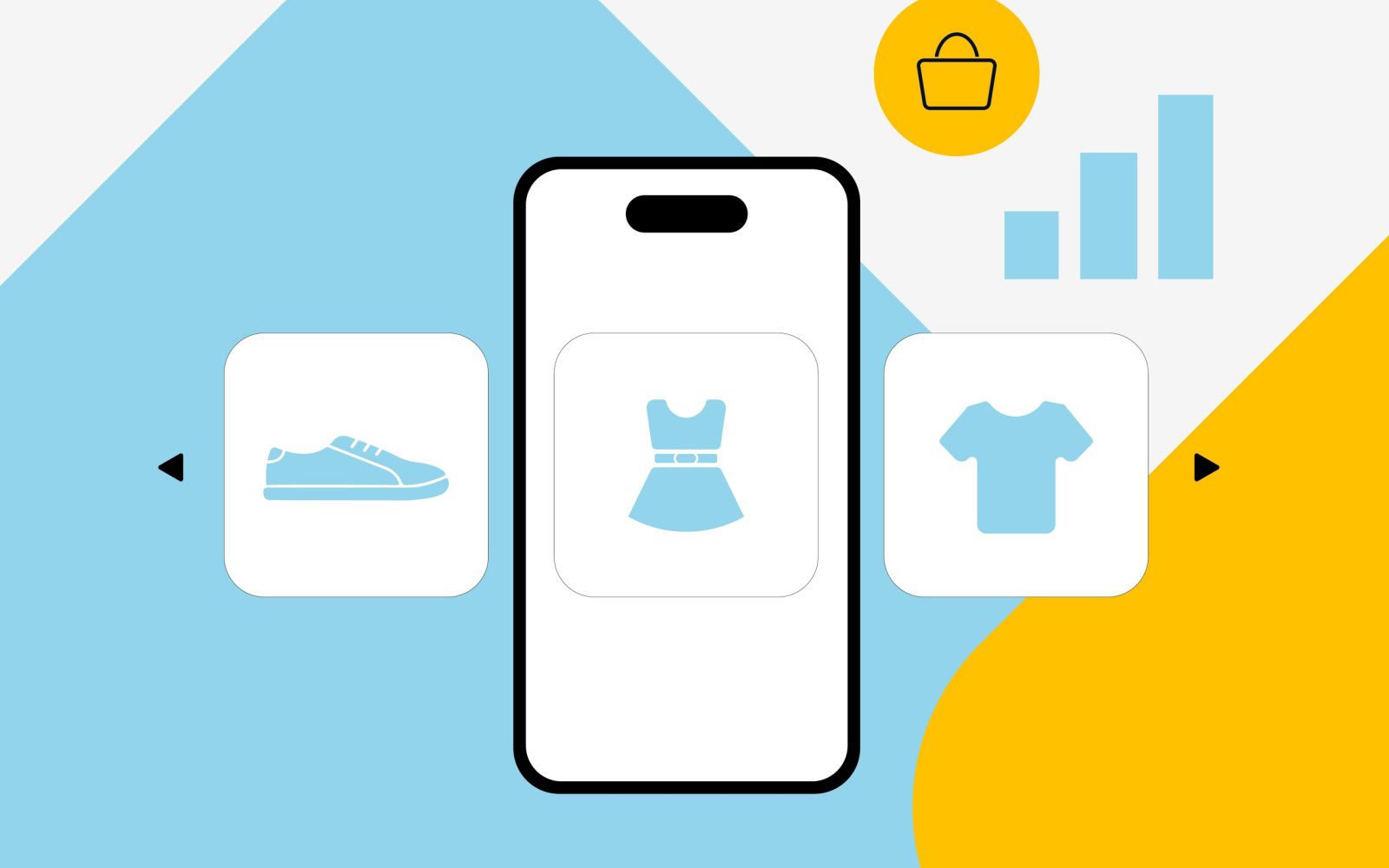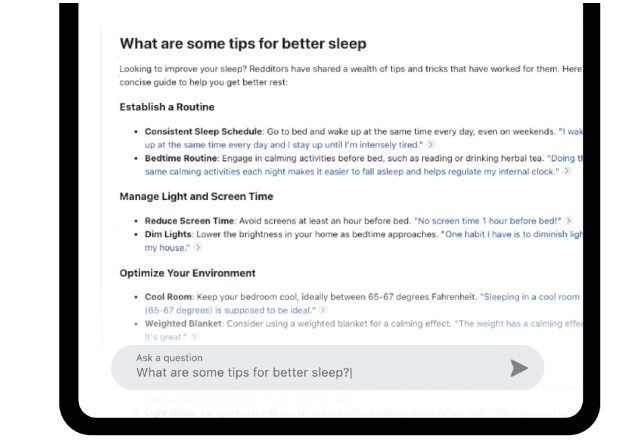TikTok isn’t going down without a fight.
On December 9, 2024, TikTok filed an emergency motion to block a law that could ban the app nationwide by January 2025.
This move is their latest attempt to keep the app accessible to its 170 million U.S. users and prevent chaos for the brands and advertisers who rely on the platform to connect with audiences.
TikTok’s argument? A ban isn’t just extreme—it’s unnecessary.
The company insists it has already taken steps to protect user data and comply with security concerns, pointing out that shutting down operations would harm not just them but also the advertisers, creators, and businesses who’ve made TikTok an essential part of their strategies.
TikTok’s Emergency Motion for Injunction
TikTok filed for an emergency motion for injunction Monday morning, seeking to temporarily block the enforcement of a U.S. law that mandates ByteDance to sell its American operations or face a nationwide ban.
TikTok is asking for this injunction to stay the ban while it appeals the court’s decision to the Supreme Court.
In its motion, TikTok argued that the potential ban would cause irreparable harm not only to the company, but also to its U.S. users, many of whom rely on the platform for business, entertainment, and livelihood.
The company emphasized that advertisers and brands would face significant disruptions, losing access to an audience that has become a cornerstone of modern digital marketing strategies.
TikTok also maintained that the U.S. government’s concerns about national security could be addressed without such extreme measures, asserting that it has made significant efforts to ensure data security and operational transparency.
What Prompted the Emergency Response?
TikTok’s emergency motion comes after a rough few weeks.
On December 6, 2024, a federal appeals court upheld the Protecting Americans from Foreign Adversary Controlled Applications Act. This law demands that ByteDance sell TikTok’s U.S. operations by January 19, 2025—or risk an outright ban.
The reasoning behind the law isn’t new. Lawmakers argue TikTok’s ties to China pose a risk to national security, raising fears that sensitive user data could fall into the wrong hands.
TikTok has repeatedly denied these claims and pointed to efforts like “Project Texas,” which promises to store all U.S. user data on American soil. Still, skepticism remains high.
What makes this latest ruling a game-changer is that it leaves TikTok with little room to maneuver.
The emergency motion aims to delay the ban and give the Supreme Court time to weigh in. But with the clock ticking, the stakes couldn’t be higher.
Background on the Potential TikTok Ban in the United States
The saga of a potential TikTok ban has been unfolding for years. In 2020, the previous presidential administration attempted to ban TikTok over similar national security concerns, but those efforts were blocked by courts.
Since then, lawmakers on both sides of the aisle have introduced measures to address what they see as risks associated with TikTok’s Chinese ownership.
In April 2024, Congress passed the Protecting Americans from Foreign Adversary Controlled Applications Act, which set a 270-day deadline for ByteDance to divest TikTok’s U.S. operations or face a ban.
While TikTok has consistently opposed these measures, citing its efforts to safeguard user data through initiatives like “Project Texas,” lawmakers have remained skeptical.
The recent appeals court decision has brought this issue to a critical juncture. If the ban is implemented, it would mark the most significant regulatory action against a social media platform in U.S. history, affecting millions of users and reshaping the digital advertising ecosystem.
What This Could Mean for Advertisers
Let’s not sugarcoat it: a TikTok ban would be a massive headache for advertisers.
The platform has redefined how brands engage with audiences, especially Gen Z and Millennials. Its short-form video format, trend-driven content, and sky-high engagement rates have made TikTok a favorite for brands big and small.
Here’s what advertisers could face if the ban moves forward:
- Campaign Chaos: All those carefully planned TikTok campaigns? They’d be paused—or worse, canceled. That’s wasted ad spend and lost momentum.
- Rebuilding on New Platforms: TikTok’s unique culture isn’t something you can replicate overnight. While platforms like Instagram Reels and YouTube Shorts offer alternatives, they don’t have the same vibe—or the same audience.
- Budget Reallocations: Brands will have to decide where to funnel their TikTok budgets, which might mean experimenting with platforms they’ve never used before. Spoiler alert: that’s not always a smooth transition.
Smaller businesses and creators could feel the squeeze the most. For many of them, TikTok isn’t just another platform—it’s the platform driving sales and visibility.
Without it, they’ll face the uphill battle of finding new ways to connect with audiences.
The Legal Battle Isn’t Over
As TikTok fights for survival, advertisers and brands are left wondering: what now?
For starters, this is a wake-up call to diversify your digital marketing strategy. TikTok might be your bread and butter today, but no platform is guaranteed.
Whether it’s a ban, algorithm changes, or shifting user trends, having all your eggs in one basket is always risky.
For now, the best move is to stay informed and be ready to pivot. Keep an eye on what the Supreme Court decides in the coming months and start exploring alternative platforms if you haven’t already.
While the future of TikTok in the U.S. hangs in the balance, one thing is clear: adaptability will be the key to weathering whatever comes next.











